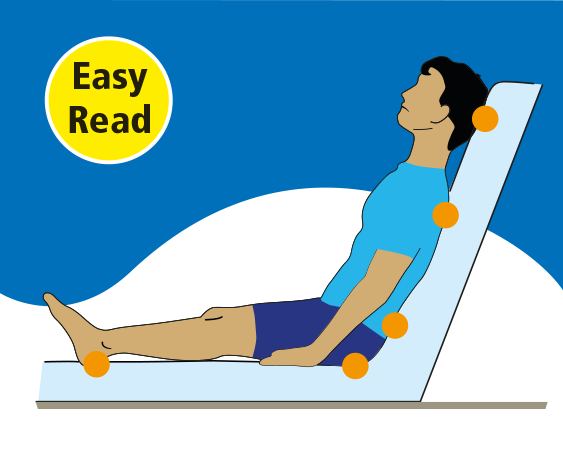

This information uses easy words and pictures.
You might want to ask someone to help you read it.
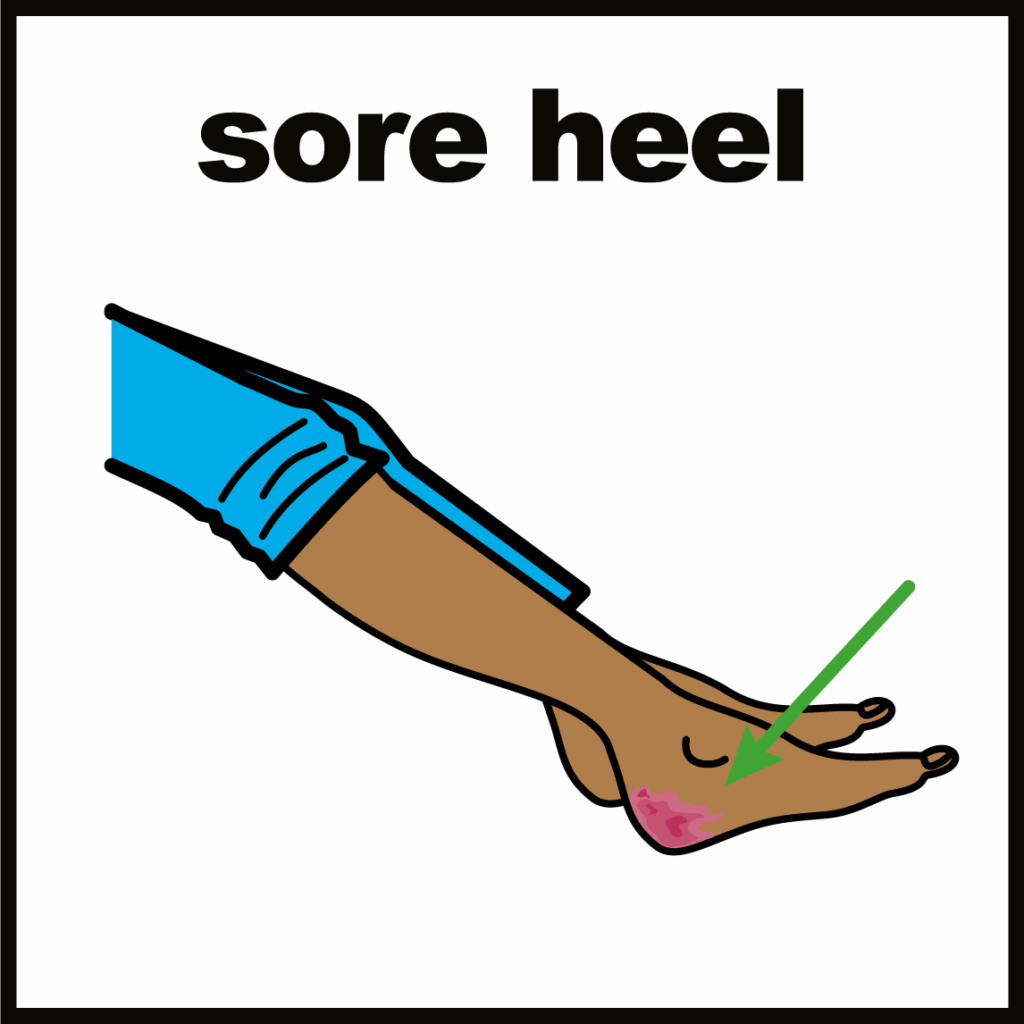
It is when your skin gets red, sore or breaks down into a wound
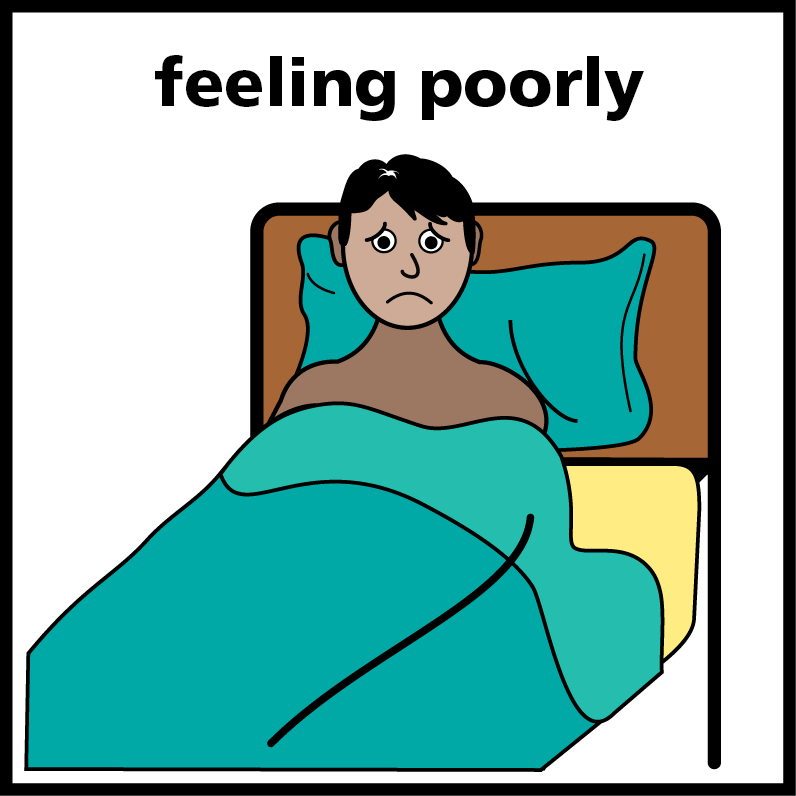
Pressure sores are caused by sitting or lying still for too long.
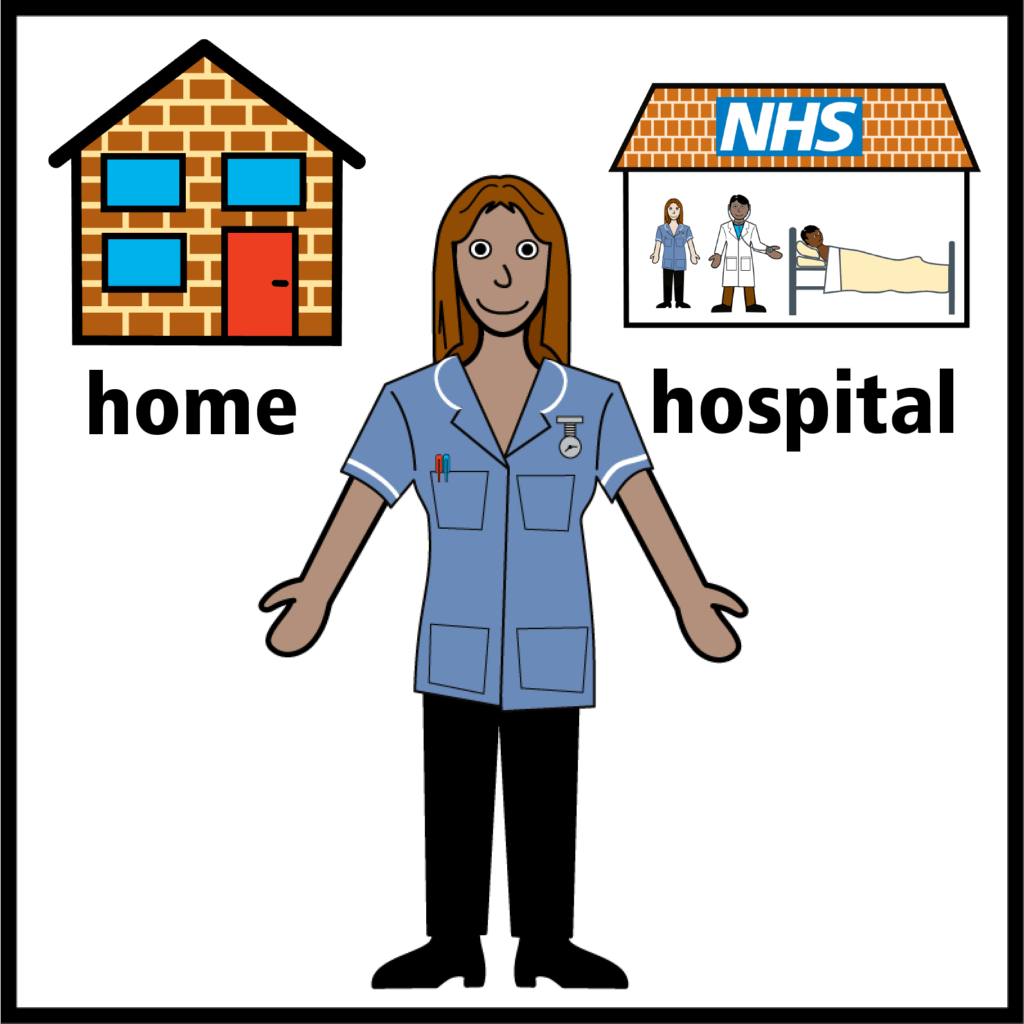
Pressure sores need looking after carefully at home or in hospital.
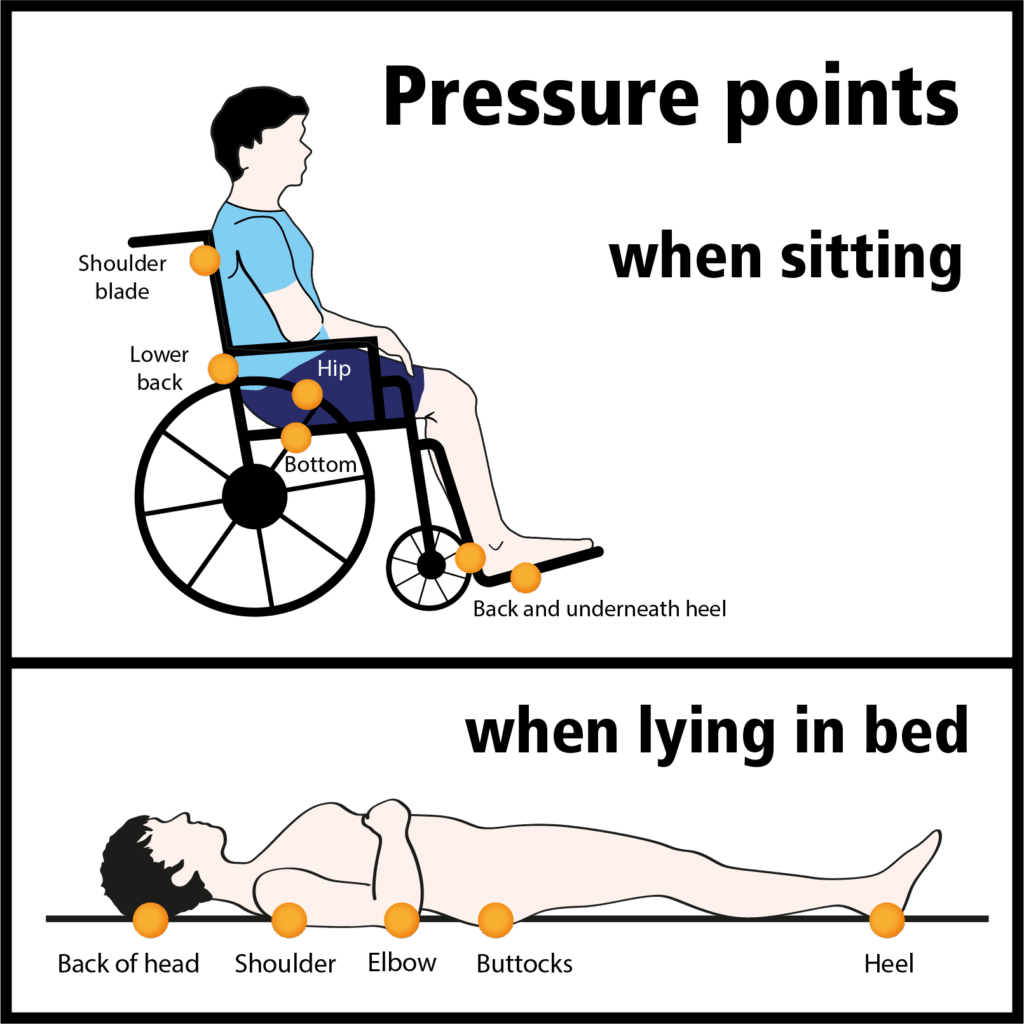
Pressure sores can happen on your bony places like your elbows, knees, heels, bottom and back.
They can even happen under things like plaster casts or oxygen masks.
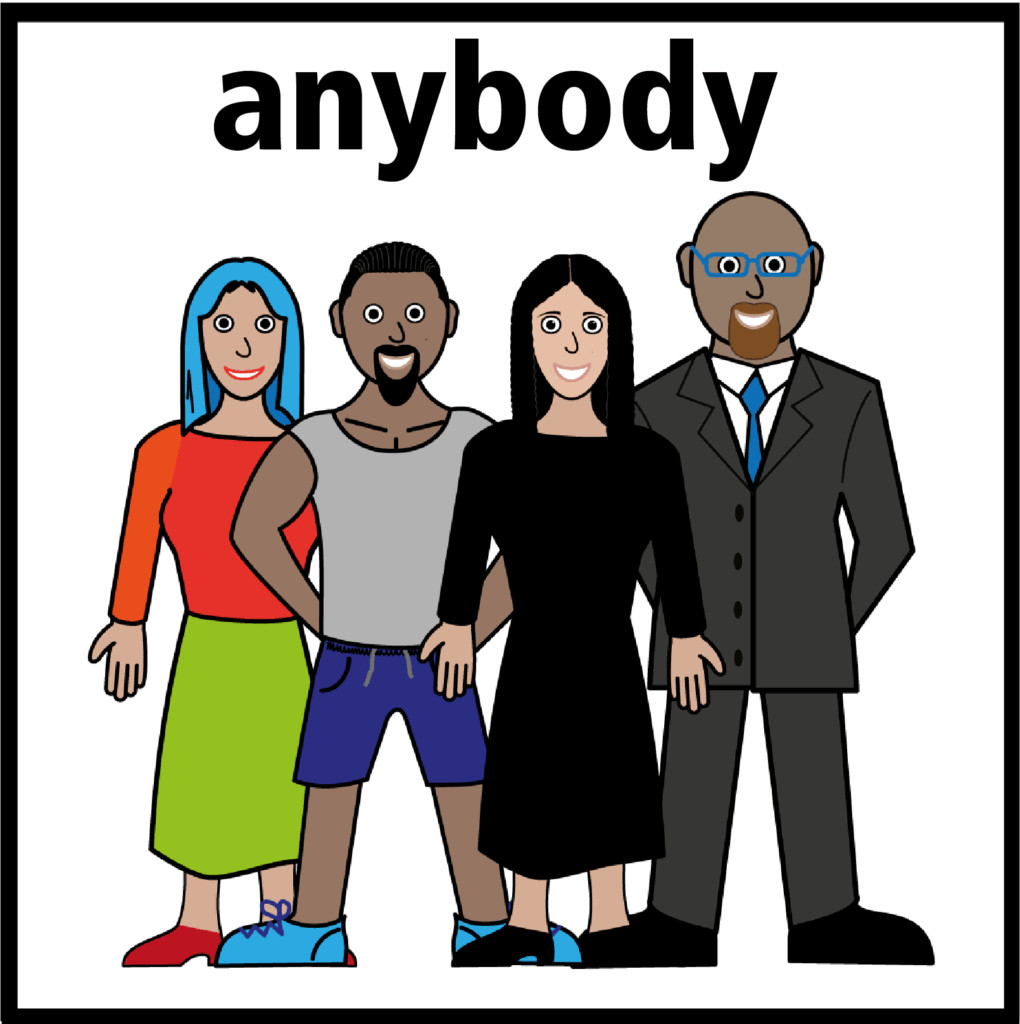
Anybody can have pressure sores.
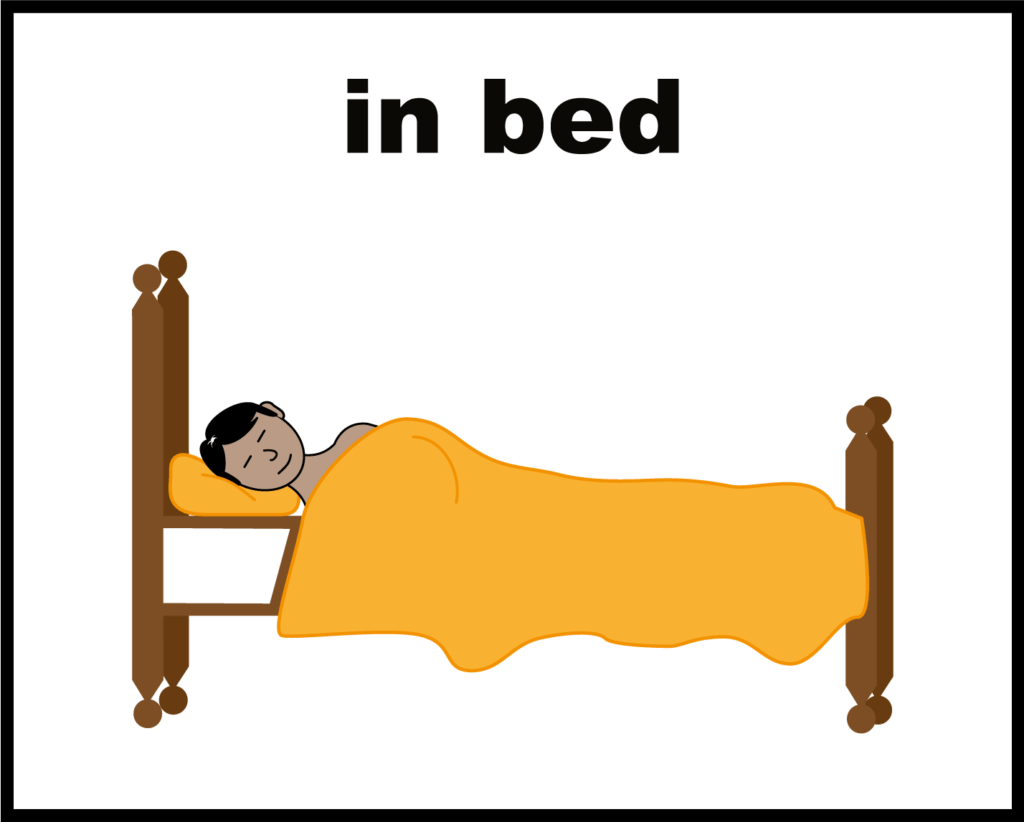
People who can't move very much can get pressure sores.

People who don't eat and drink well can get pressure sores.
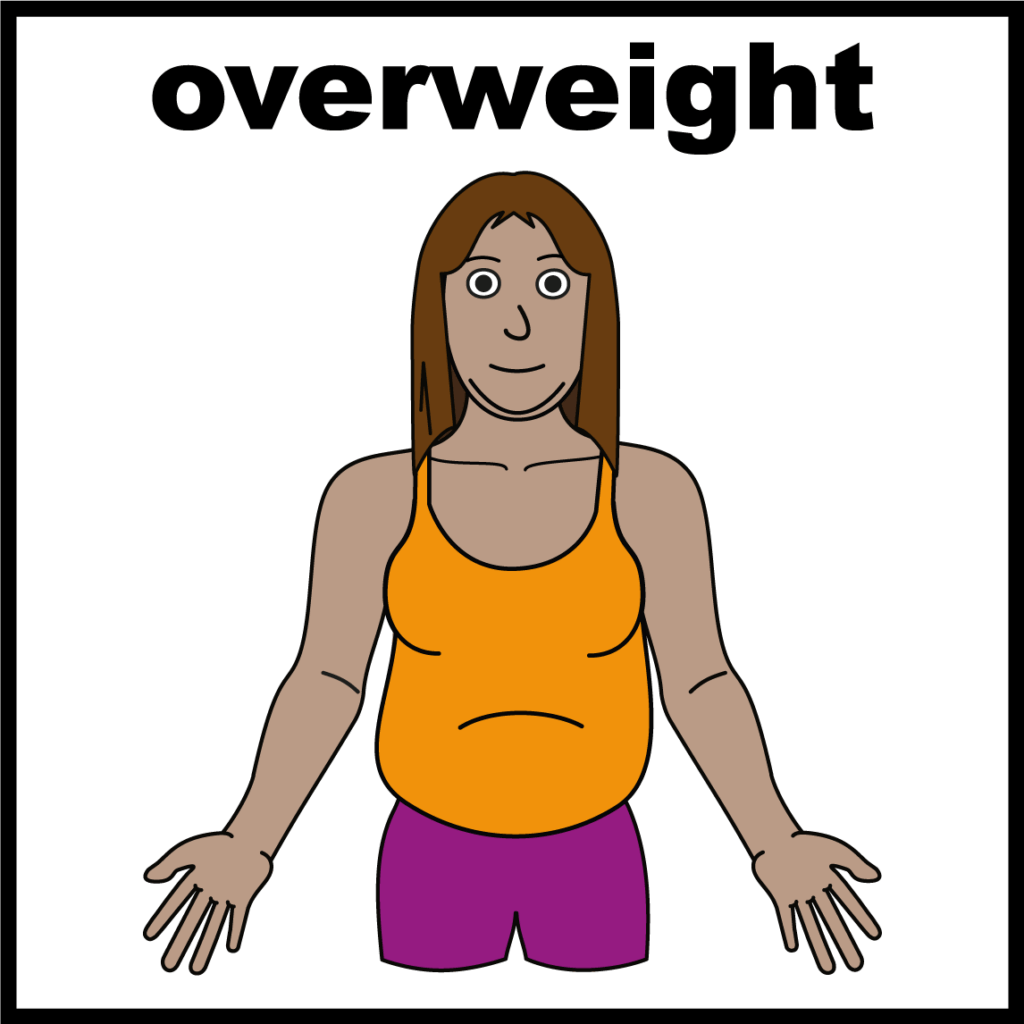
People are more at risk if they are overweight or underweight.
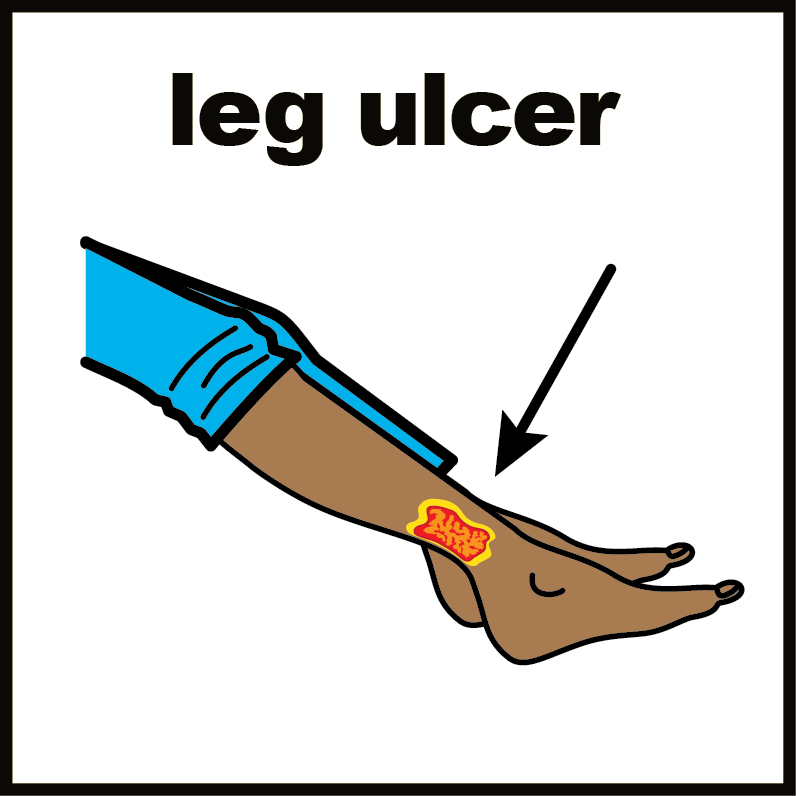
People are more at risk is they already have a pressure sore.
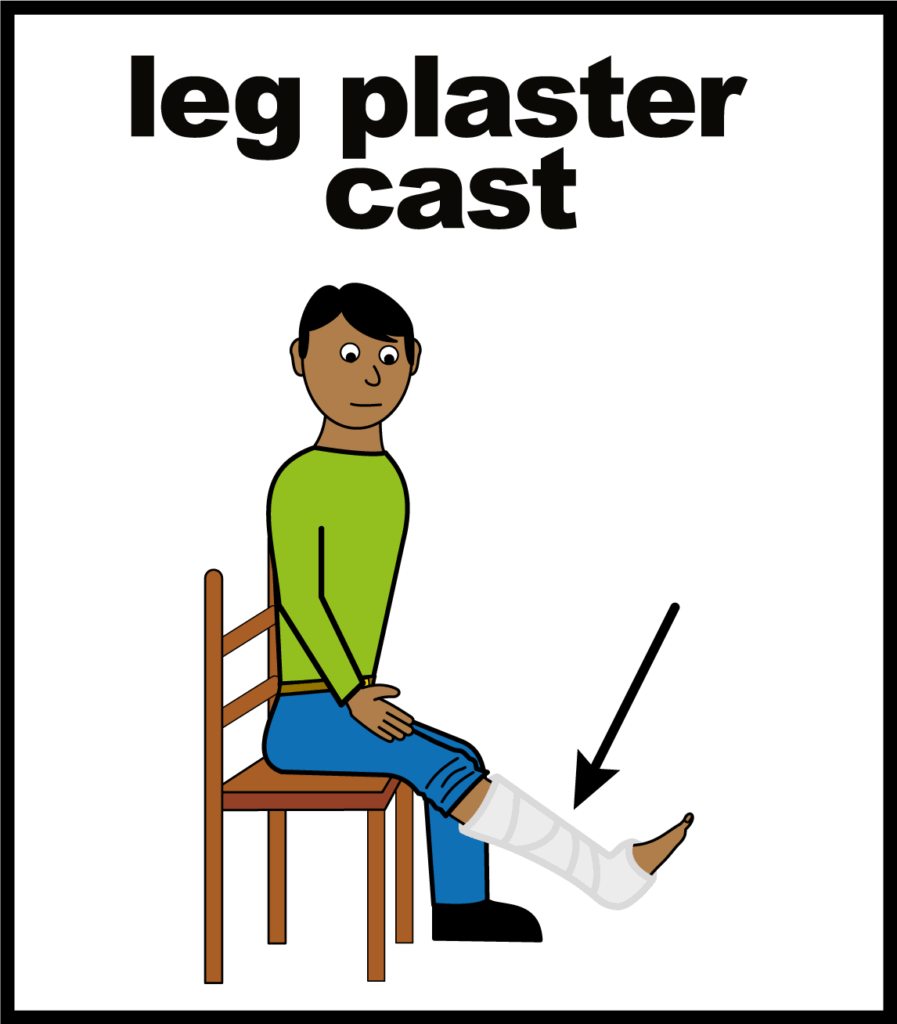
People are more at risk if they have a change in how their skin feels.
Or how they move.
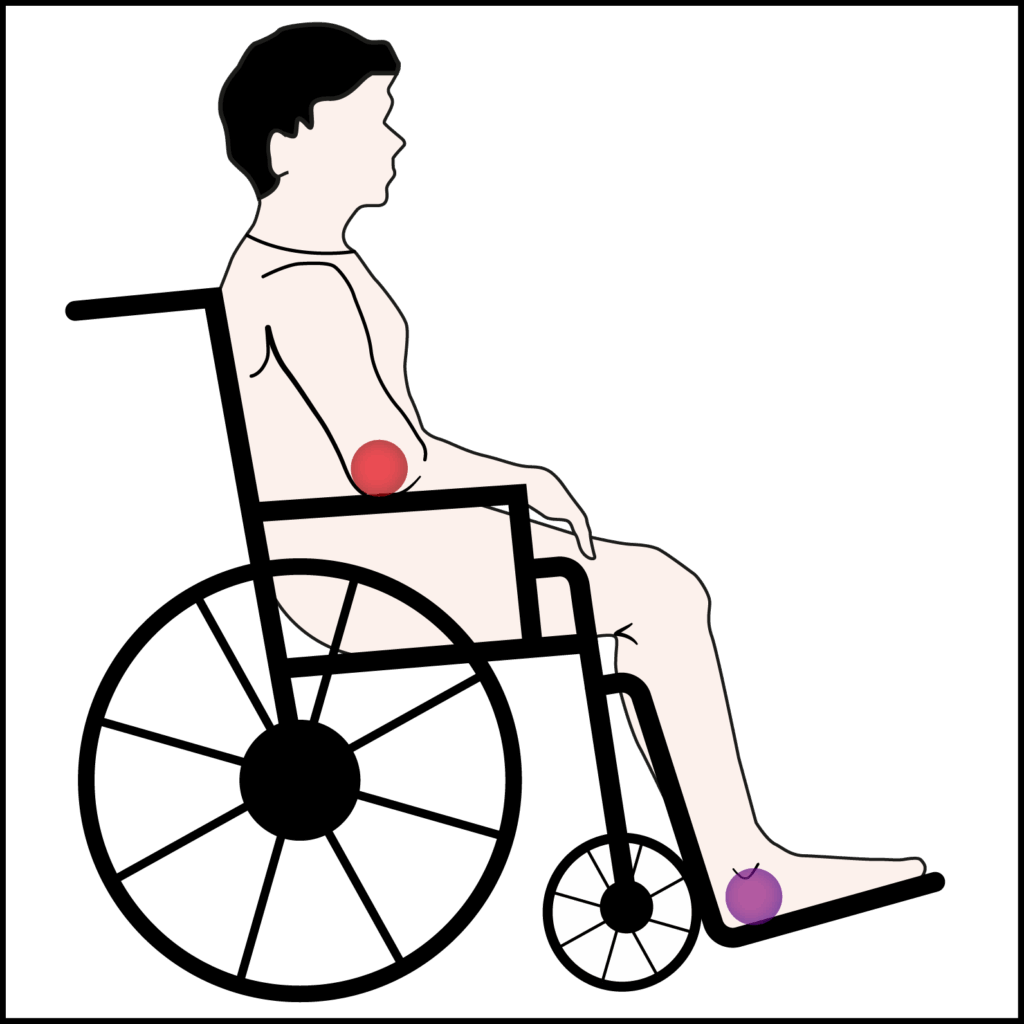
Red or purple patches on the skin
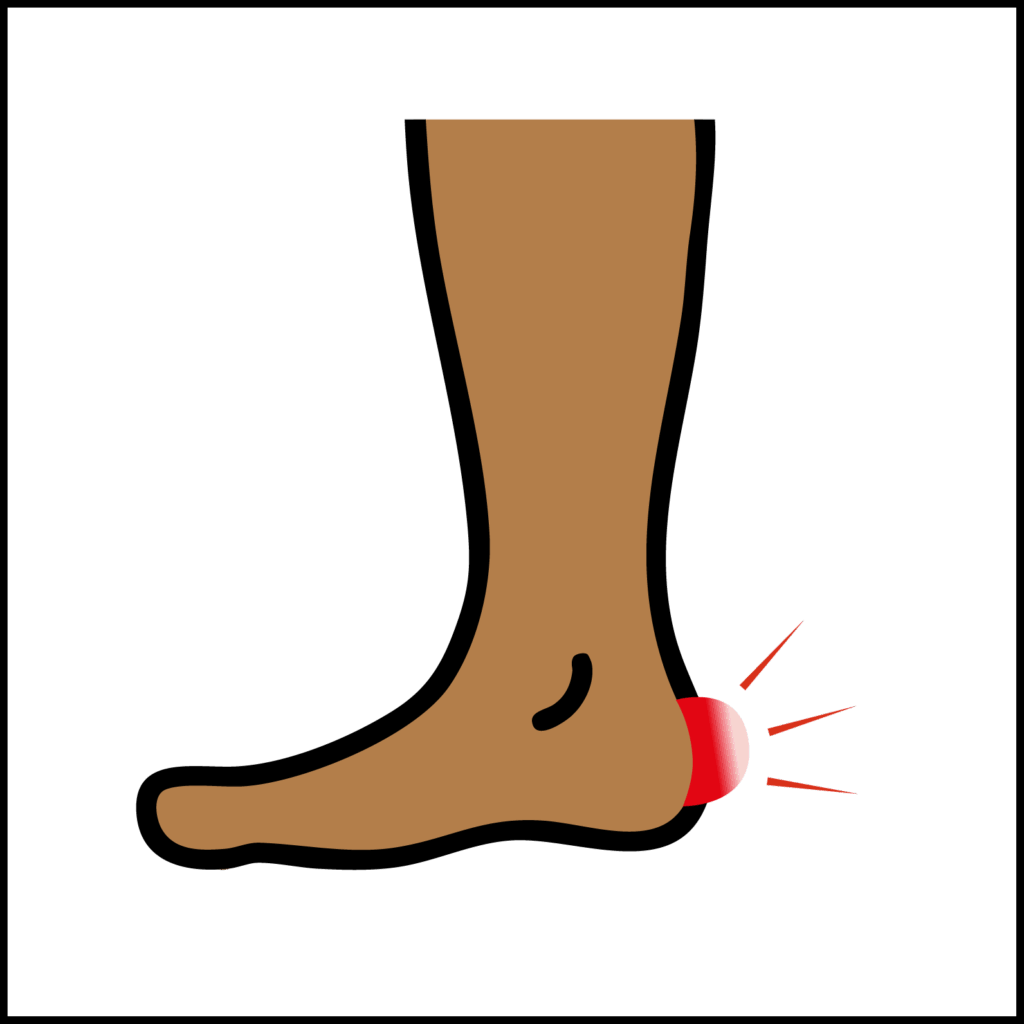
Blisters on the skin
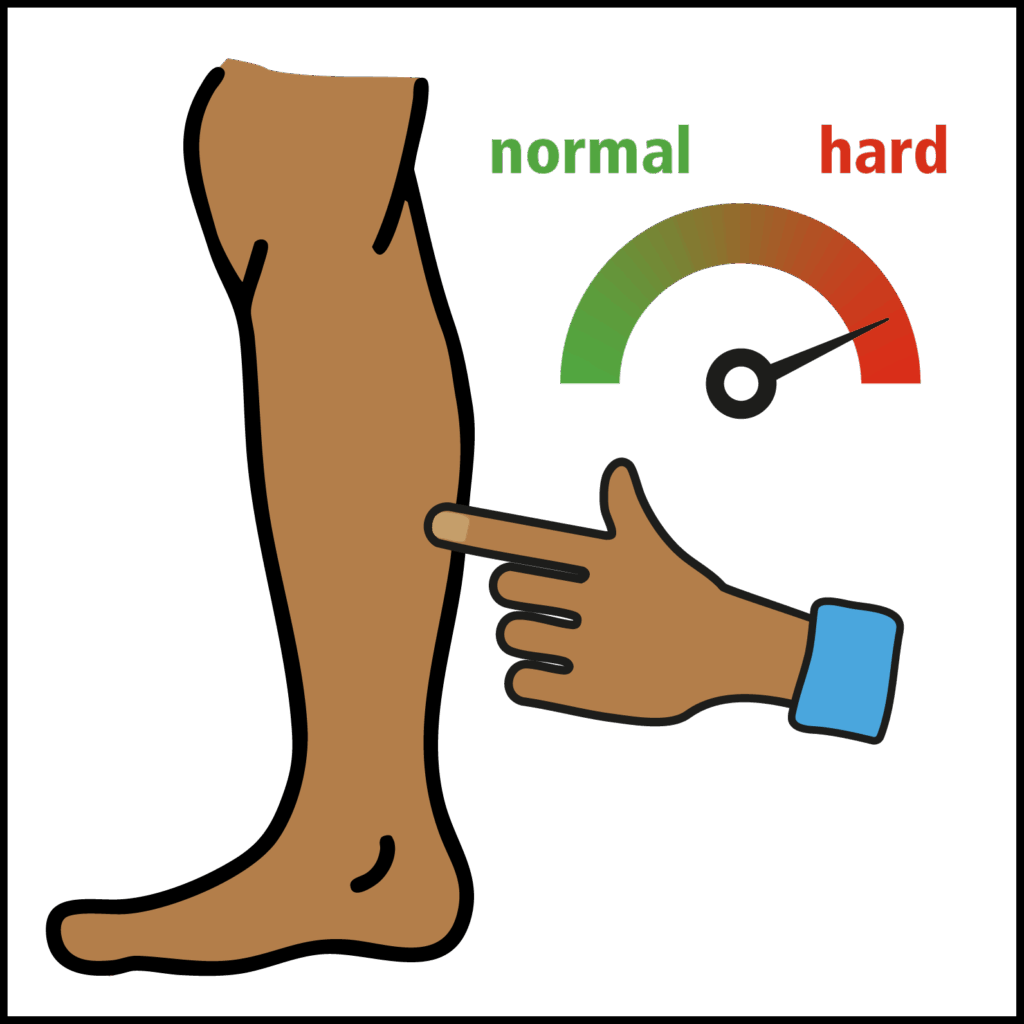
Hard areas of skin
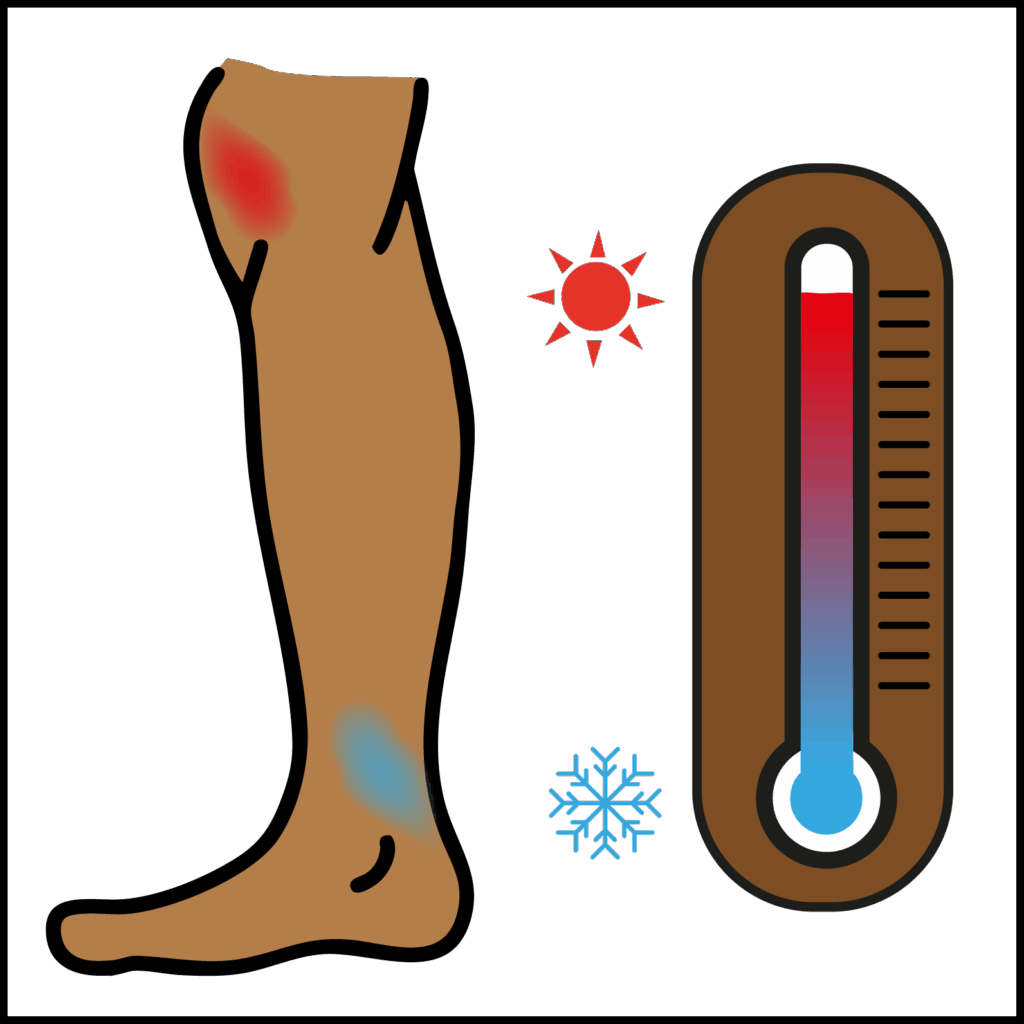
Patches of hot or cold skin
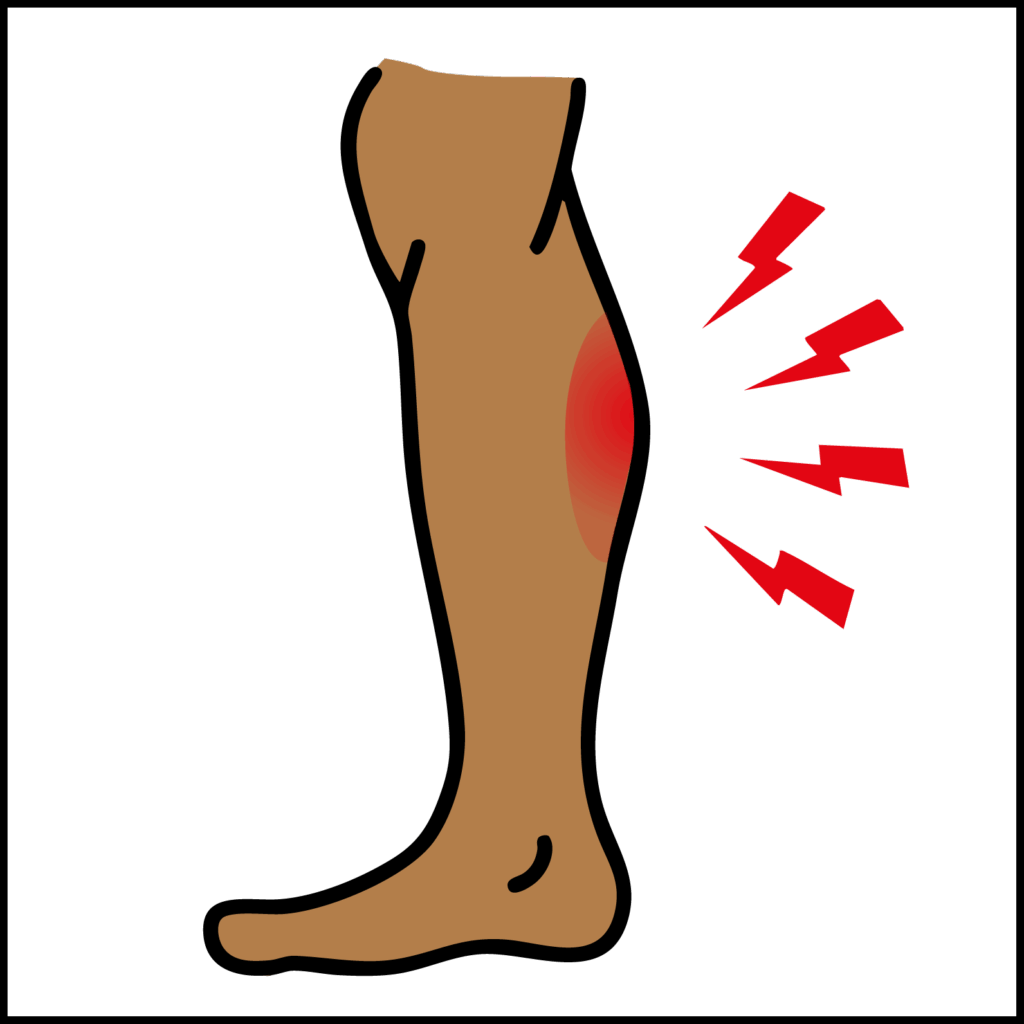
Swollen and painful areas of skin
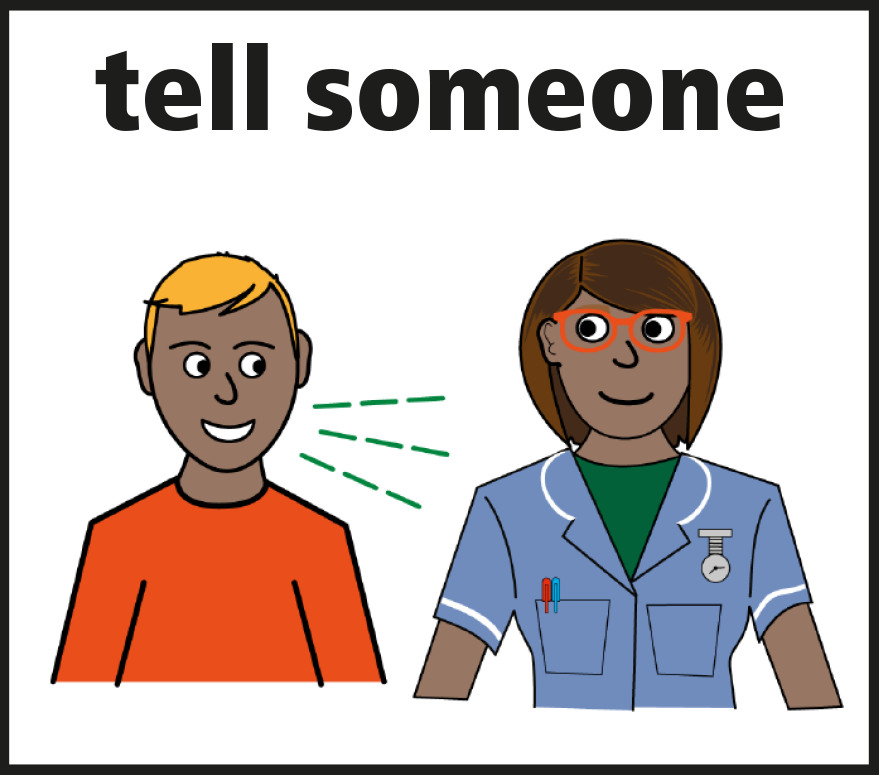
Tell staff or see a doctor if you think you have a pressure sore
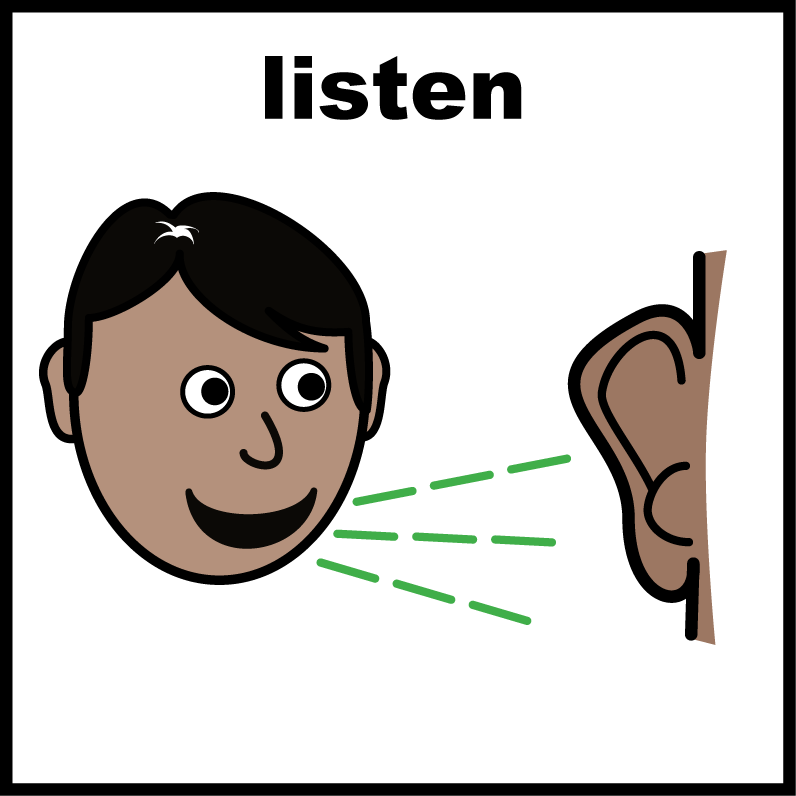
Listen to your doctor or nurse
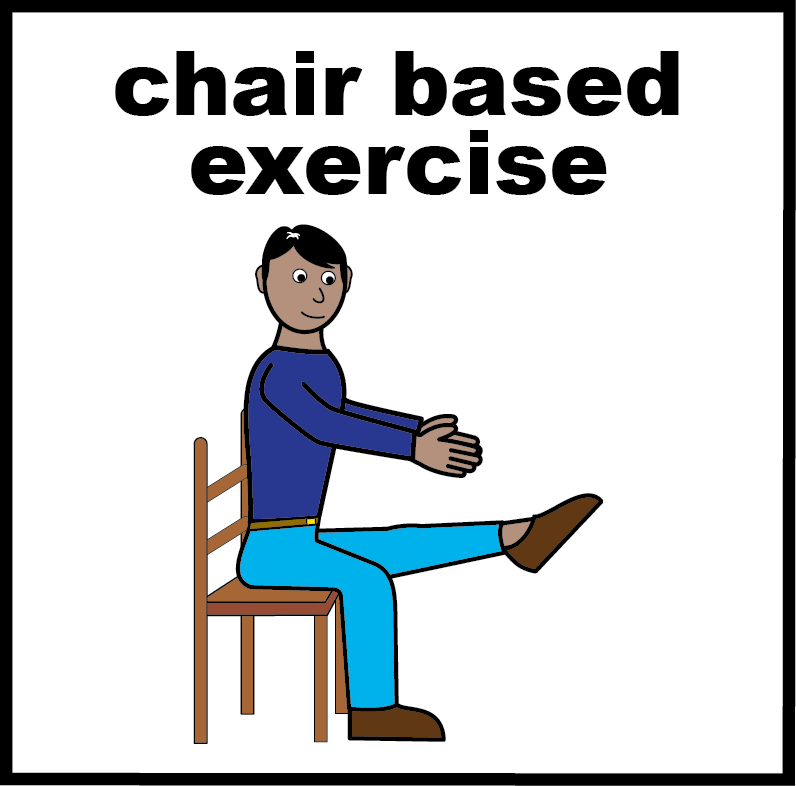
Walk about or move your legs and body every 2 hours if you can
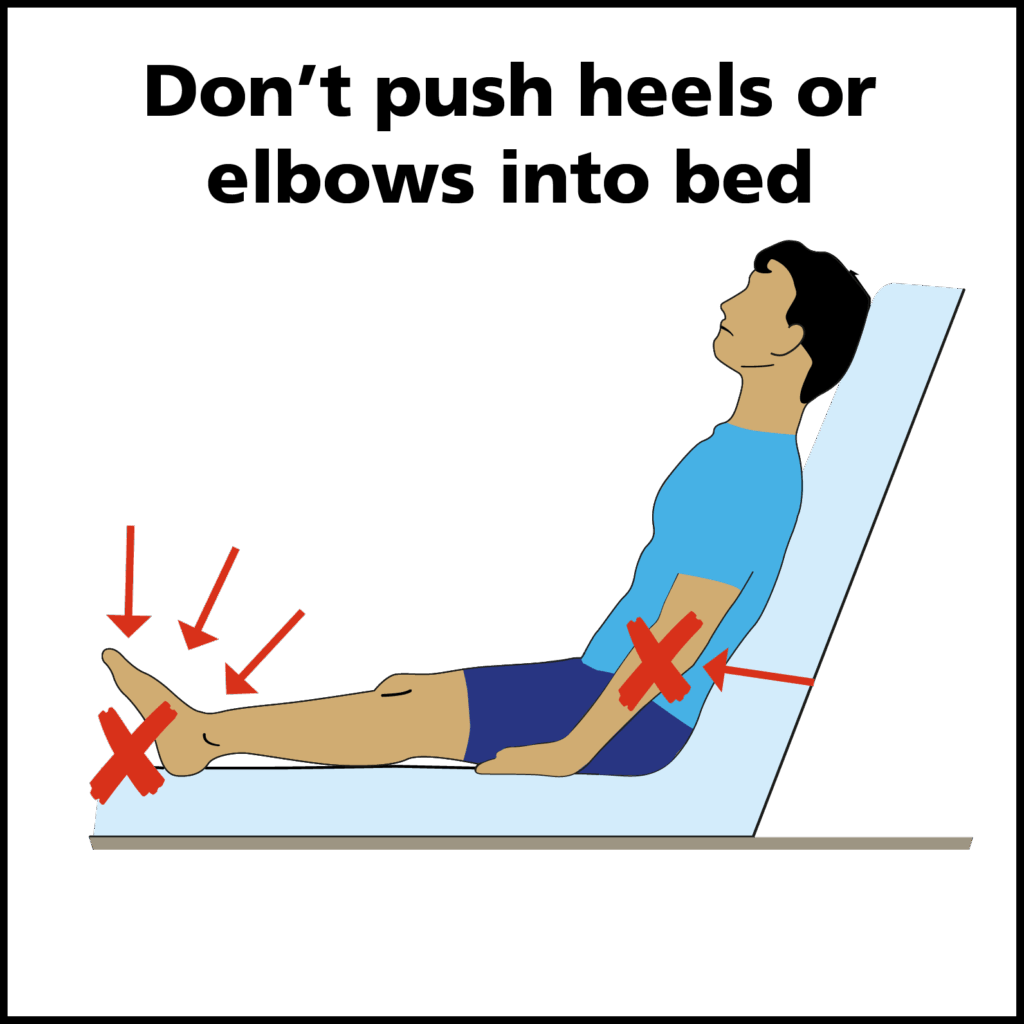
Do not rub your heels and elbows or dig them into the bed.
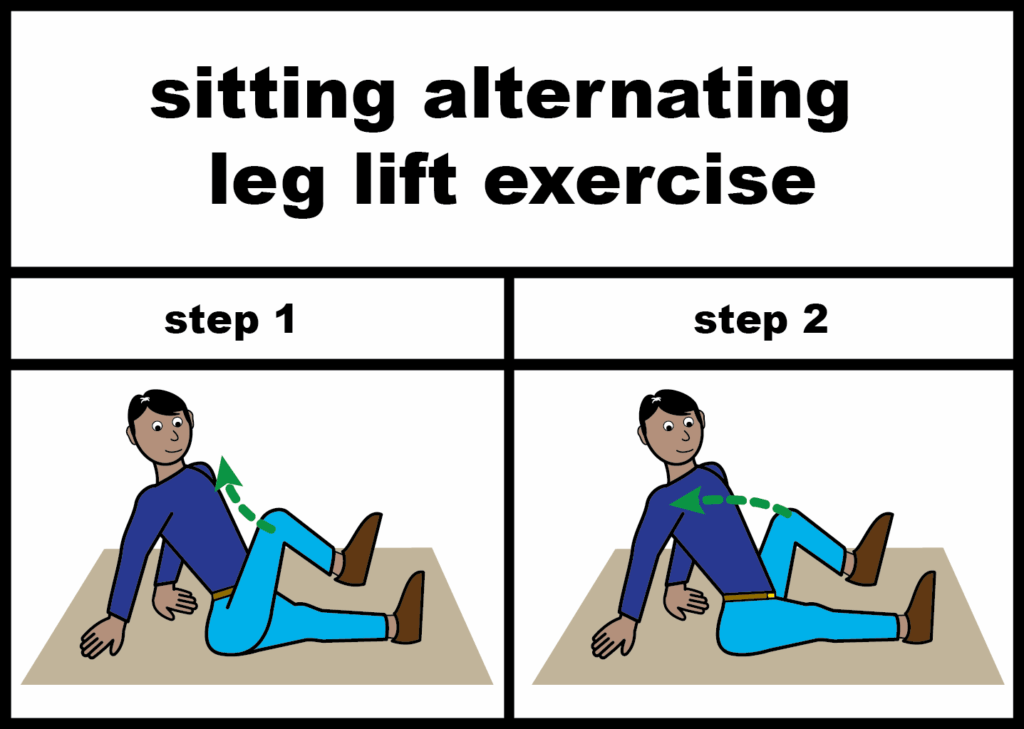
Moving from side to side and stretching your arms and legs can help if you need to stay in bed.
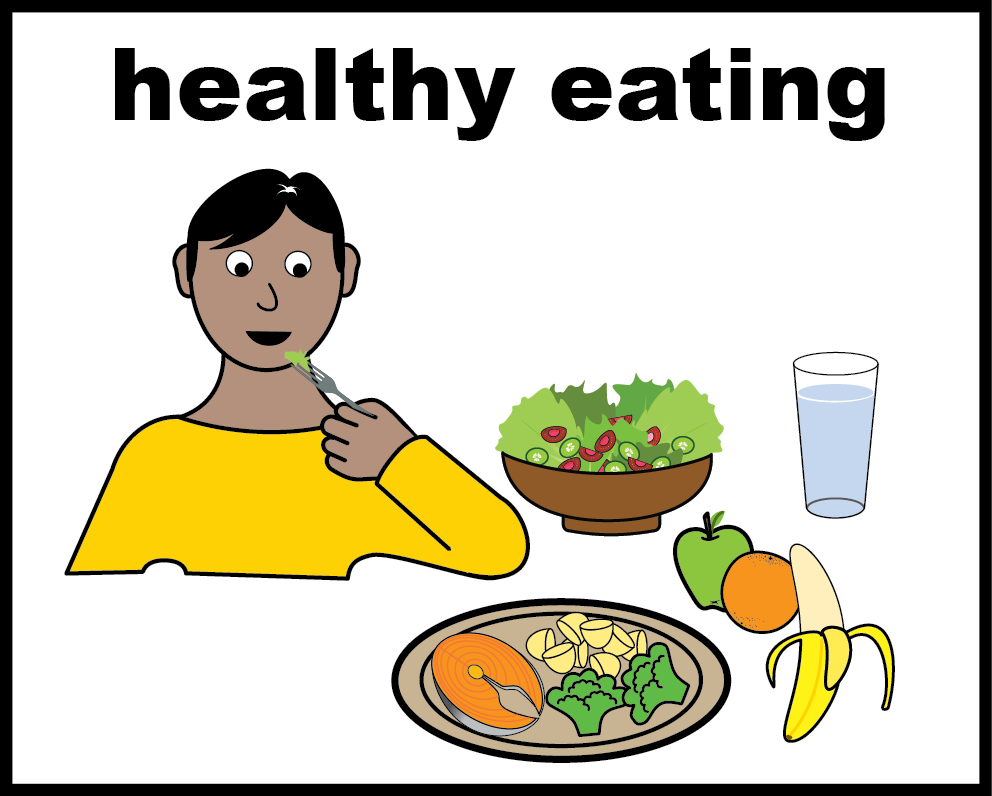
Eat healthy food and drink plenty of fluids. Water is good for you.
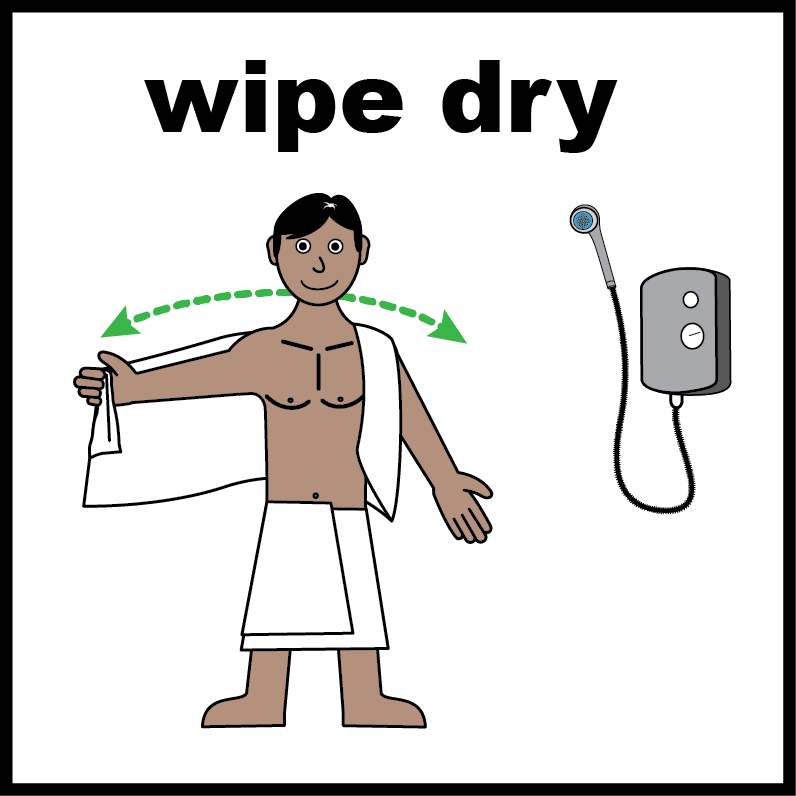
Keep your skin clean and dry.
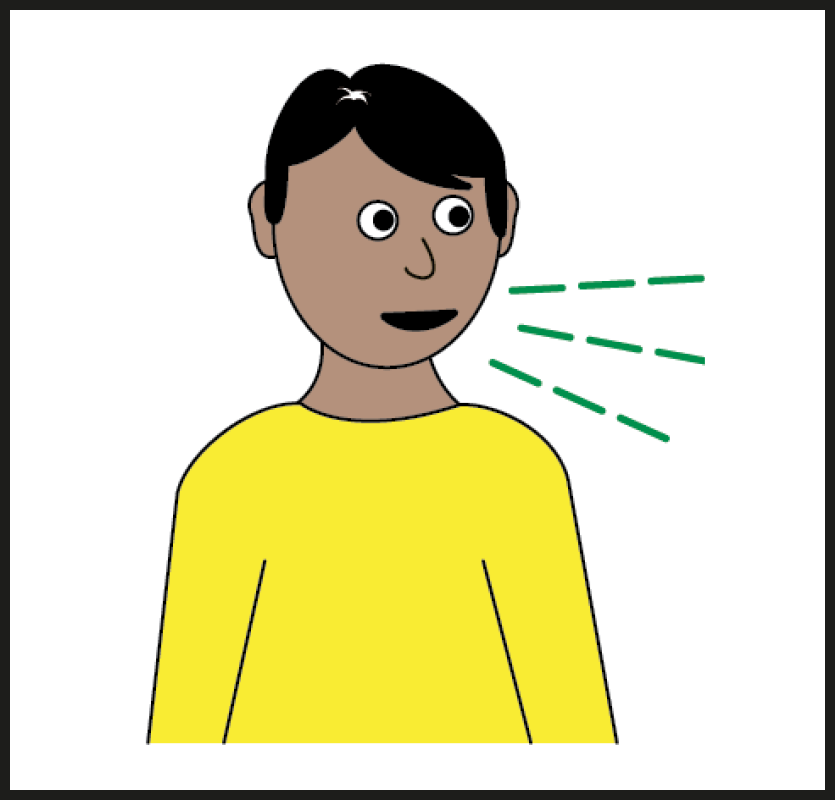
If you are worried talk to your nurse or doctor.
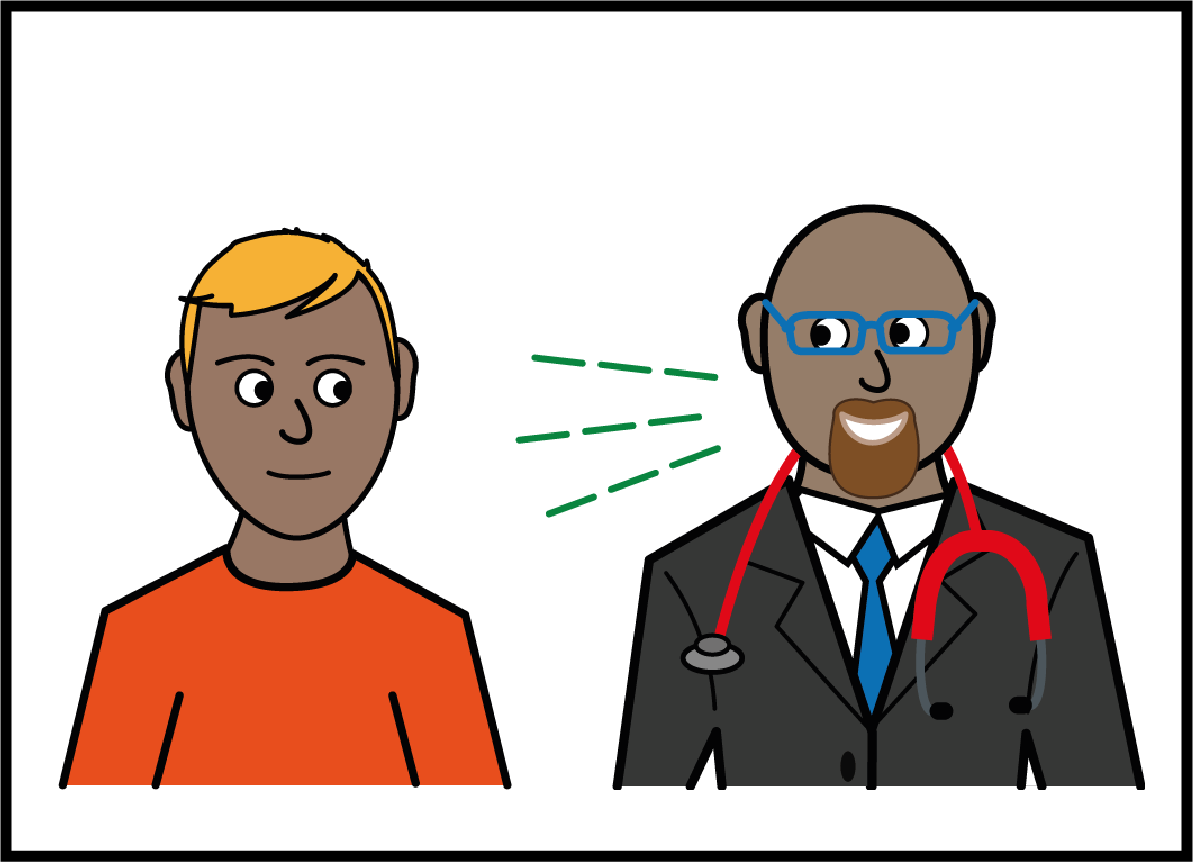
Your nurse or doctor will tell you if you need treatment.
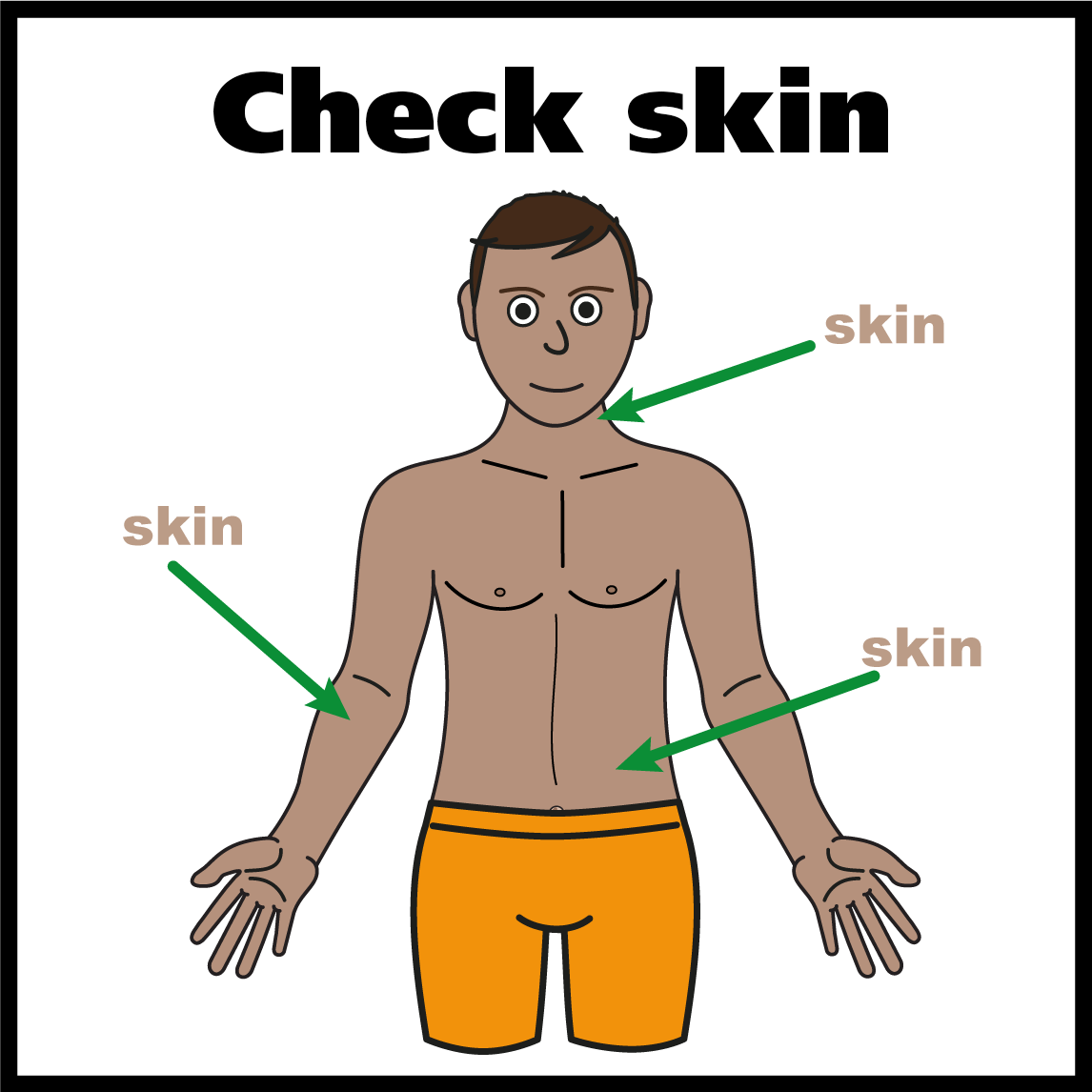
Check your skin regularly.
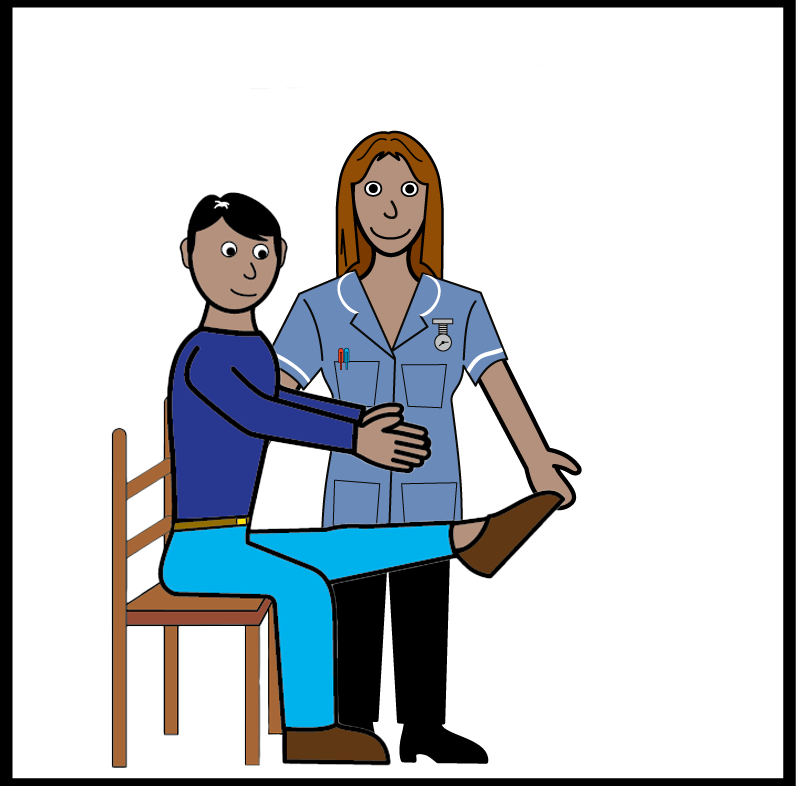
Help you move around if needed.

May give you special equipment such as an air mattress or a wheelchair cushion.

Some of the images in this information resource have been taken from the 'easy on the i' image bank. Copyright ©LYPFFT. The remaining images were created by Medical Illustration ©BTHFT.
You can contact us using the Relay UK app. Textphone users will need to dial 18001 ahead of the number to be contacted.
Bradford Teaching Hospitals NHS Foundation Trust is a smoke-free organisation. You are not permitted to smoke or in use e-cigarettes in any of the hospital buildings or grounds.